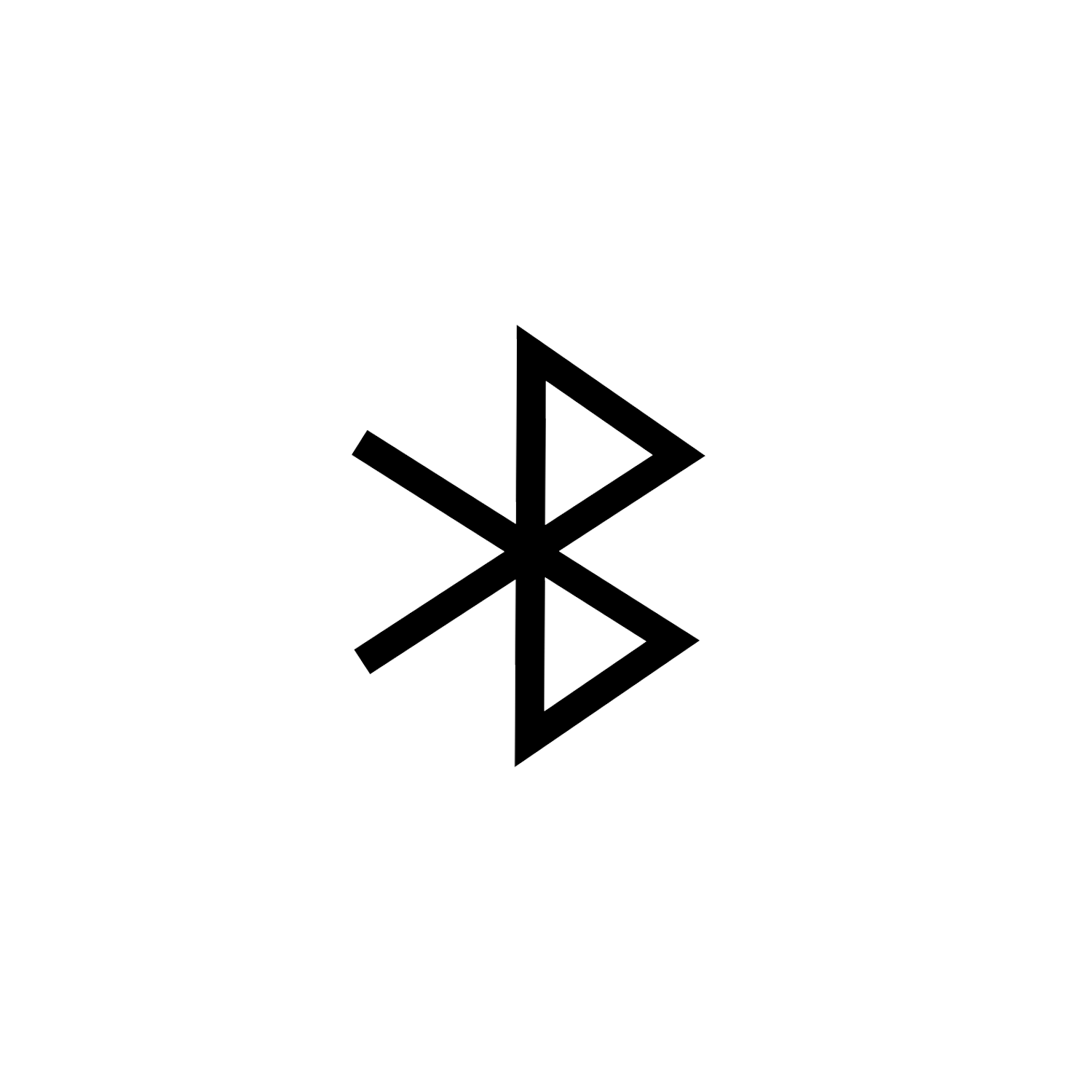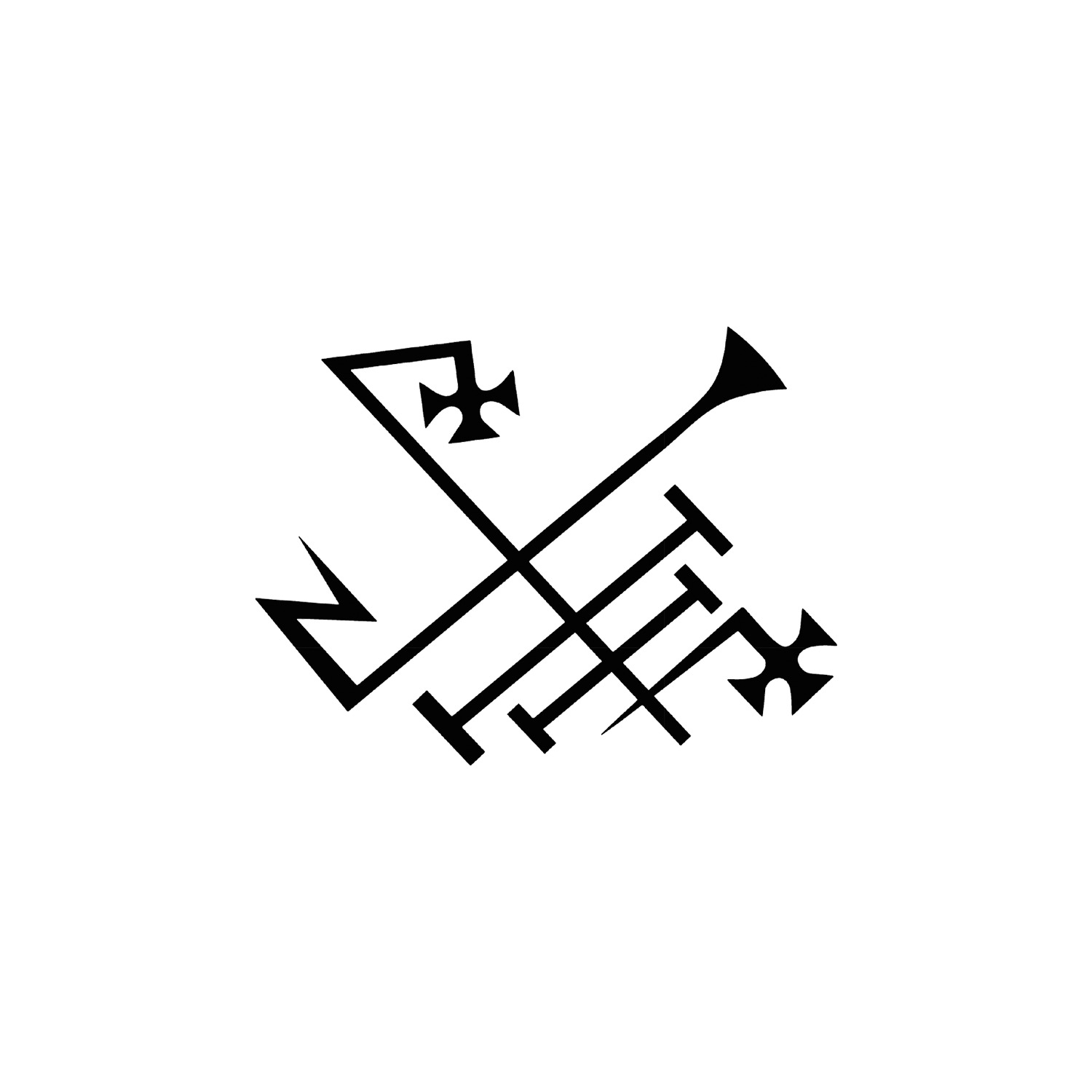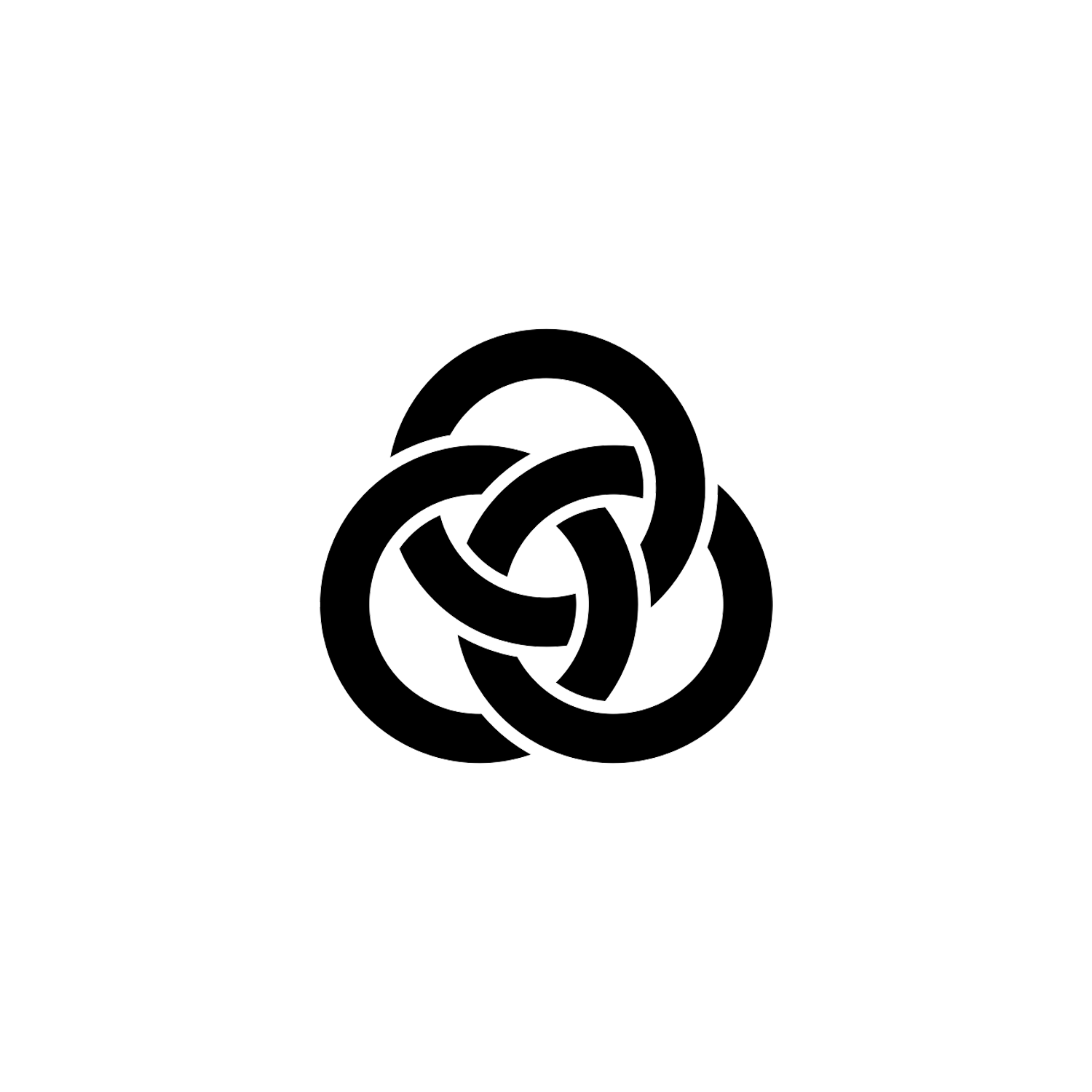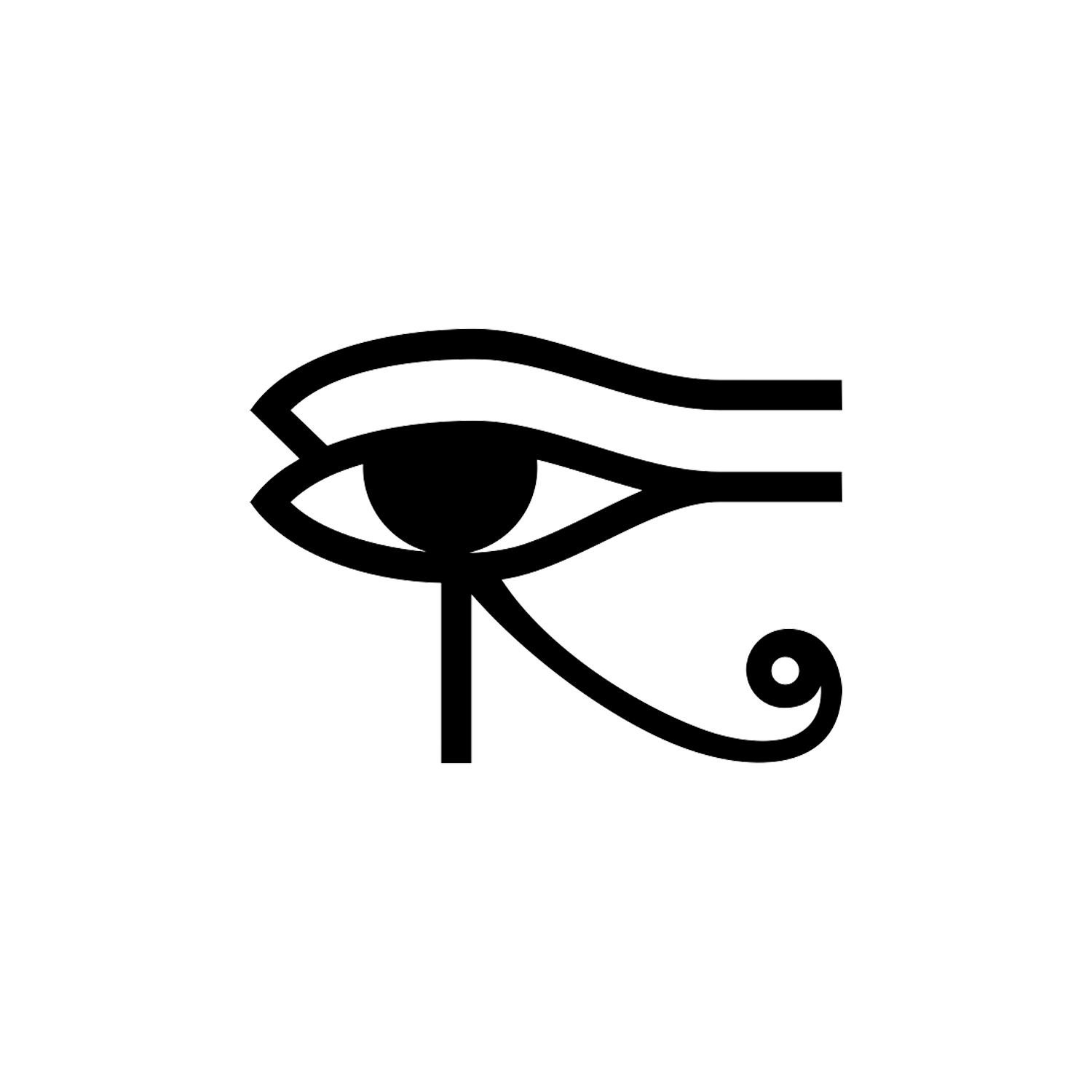Paisley
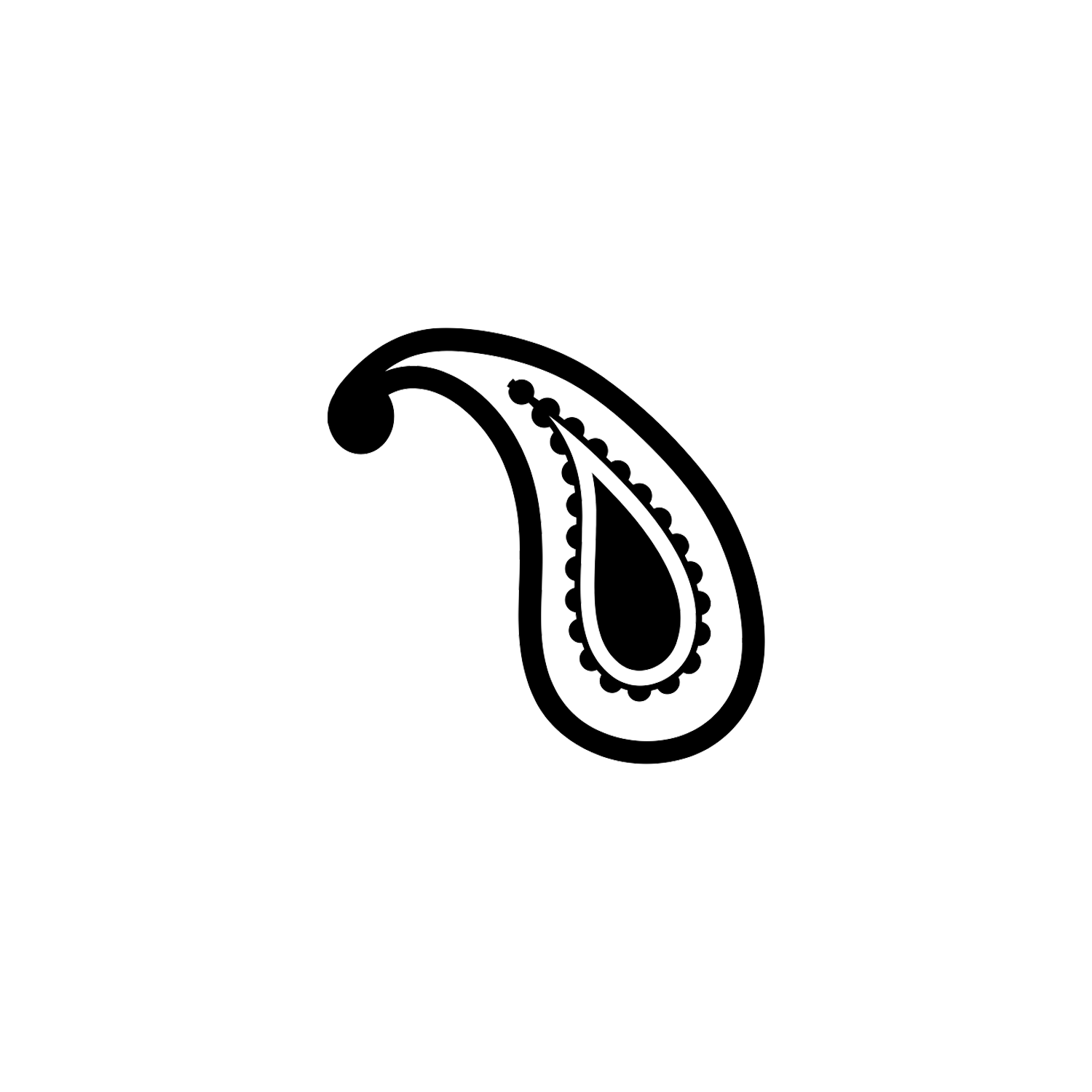

Paisley
When boteh/buta are combined into a pattern it is known as Paisley.
Overview
The boteh (Persian: بته), is an almond or pine cone-shaped motif in ornament with a sharp-curved upper end.[1] Though of Persian origin, it is very common and called buta in India, Azerbaijan, Turkey and other countries of the Near East.[1]
Via Kashmir shawls it spread to Europe at least in 19th century, where patterns using it are known since 1960s as paisleys, as Paisley, Renfrewshire in Scotland was a major centre imitating them.
Paisley or paisley pattern is an ornamental textile design using the boteh (Persian: بته) or buta, the two terms are frequently used interchangeably.
Origin and Meaning
In Asian ornament, the boteh motifs are typically placed in orderly rows, though especially in India they may appear in a pattern in a variety of sizes, colours, and orientations, which is also characteristic of European paisley patterns.
Some design scholars believe the boteh is the convergence of a stylized floral spray and a cypress tree: a Zoroastrian symbol of life and eternity.[2] The “bent” cedar is also a sign of strength and resistance but modesty. The floral motif originated in the Sassanid dynasty and was used later in the Safavid dynasty of Persia (1501–1736), and was a major textile pattern in Iran during the Qajar and Pahlavi dynasties.
In these periods, the pattern was used to decorate royal regalia, crowns, and court garments, as well as textiles used by the general population. Persian and Central Asian designs usually range the motifs in orderly rows, with a plain background.

There is significant speculation as to the origins and symbolism of boteh jegheh, or “ancient motif”, known in English as paisley.[3] With experts contesting different time periods for its emergence, to understand the proliferation in the popularity of boteh jegheh design and eventually Paisley, it is important to understand South Asian history.
The early Indo-Iranian people flourished in South Asia, where they eventually exchanged linguistic, cultural, and even religious similarities.[4] The ancient Indo-Iranian people shared a religion called Zoroastrianism.[5] Zoroastrianism, some experts argue, served as one of the earliest influences for boteh jegheh’s design with the shape representing the cypress tree, an ancient Zoroastrian religious symbol.[5]
Others contest that the earliest representation of the patterns shape comes from the later Sassanid dynasty.[6] The design was representative of a tear drop.[6]
Some argue that boteh jegheh’s origins stem from old religious beliefs and its meaning could symbolize the sun, a phoenix, or even an ancient Iranian religious sign for an eagle.[3]
Around the same time, a pattern called Boteh was gaining popularity in Iran; the pattern was a floral design, and was used to represent elite status, mostly serving to decorate royal objects.[6] The pattern was traditionally woven onto silk clothing using silver and gold material.[6]
The earliest evidence of the design being traded with other cultures was found at the Red Sea, with both Egyptian and Greek peoples trading from the 1400s.

Spread of the Pattern
In Persian language, Boteh can be translated to shrub or bush, while in Kashmir it carried the same meaning but was referred to as Buta, or Bu.[7] One of the earliest evidence of the pattern as it relates to Islamic culture has been found at Noh Gumba mosque, in the city of Balkh in Afghanistan, where it is believed that the pattern was included in the design as early as the 800s when the mosque was built.
In early Iranian culture, the design was woven onto Termeh, one of the most valuable materials in early Iran where the design served to make clothing for the nobility. At this time, the Iranian nobility wore distinct uniforms called Khalaat, historically, the design was commonly found on the Khalaat uniforms.[8] It is stated that at some point in the 1400s, Boteh was transported from Persia to Kashmir.[7]

In the same century, in the 1400s, some of the earliest recorded Kashmir shawls were produced in India, records from the 1500s, during Emperor Akbar’s reign over the Mughal people in this area indicate that shawl making was already fashionable in India prior to Mughal conquest which took place in the early 1400s.[9] It has been stated that during Emperor Akbars reign over the Mughal empire, boteh jegheh shawls were extremely popular and fashionable.
While one shawl was traditionally worn previously, it was during the rule of Emperor Akbar that the emperor decided to wear two shawls at a time to serve as a status symbol. Along with wearing the shawls frequently, Emperor Akbar also used the shawls as gifts to other rulers and high officials.[9] It is believed that by the 1700s, Kashmir shawls were produced in the image that someone today would associate with modern paisley.[7]

In the 18th and 19th centuries, the British East India Company introduced Kashmir shawls from India to England and Scotland, where they were extremely fashionable and soon duplicated.[10]
The first place in the Western world to imitate the design was the town of Paisley in Scotland, Europe’s top producer of textiles at this time.[11] Before being produced in Paisley, thus gaining its name in Western culture, the paisley motif was originally referred to by Westerners simply as “pine and cone.”[7]
European technological innovation in textile manufacturing made Western imitations of Kashmir shawls competitive with Indian-made shawls from Kashmir.[12]
Introduction to Western culture
The shawls from India could be quite expensive at the time, but, with the industrial revolution taking place in Europe, paisley shawls were manufactured on a large scale, so lowering their price that they became commonplace among the middle class and boosting the design’s popularity even more.[7] While the Western world appropriated much of Eastern culture and design, the Boteh design was by far the most popular.[13]
Records indicate that William Moorcroft, an English businessman and explorer, visited the Himalayan mountains in the mid-1800s; upon his arrival, he was enthralled by Boteh-adorned Kashmir shawls and tried to arrange for entire families of Indian textile workers to move to the United Kingdom.[14] The earliest paisley shawls made in the United Kingdom, in Paisley, Scotland, were of fleece, a material with a soft, fluffy texture on one side.
Local manufacturers in Marseille began to mass-produce the patterns via early textile printing processes in 1640. England, circa 1670, and Holland, in 1678, soon followed. This in turn provided Europe’s weavers with more competition than they could bear, and the production and import of printed paisley was forbidden in France by royal decree from 1686 to 1759.
In the 1800s, European production of paisley increased, particularly in the Scottish town from which the pattern takes its modern name. Soldiers returning from the colonies brought home cashmere wool shawls from India, and the East India Company imported more. The design was copied from the costly silk and wool Kashmir shawls and adapted first for use on handlooms, and, after 1820,[15] on Jacquard looms. The paisley pattern also appeared on European-made bandanas from the early 1800s, the patterns imitating Kashmir shawls.[16]

From roughly 1800 to 1850, the weavers of the town of Paisley in Renfrewshire, Scotland, became the foremost producers of Paisley shawls. Unique additions to their hand-looms and Jacquard looms allowed them to work in five colours when most weavers were producing paisley using only two.[15] The design became known as the Paisley pattern. By 1860, Paisley could produce shawls with 15 colours, which was still only a quarter of the number used in the multicolour paisleys then still being imported from Kashmir.[15]
In addition to the loom-woven fabric, the town of Paisley became a major site for the manufacture of printed cotton and wool in the 1800s, according to the Paisley Museum and Art Galleries.[17] In this process, the paisley pattern was printed, rather than woven, onto other textiles, including cotton squares which were the precursors of the modern bandanna. Printed paisley was cheaper than the costly woven paisley, and this added to its popularity. The key places of printing paisley were Britain and the Alsace region of France.[18] The peak period of paisley as a fashionable design ended in the 1870s,[19] perhaps as so many cheap printed versions were on the market.

Modern use
The 1960s proved to be a time of great revival for the paisley design in Western culture. Popular culture in the United States developed a sort of fixation on eastern cultures, including many traditionally Indian styles. Paisley was one of them, being worn by the likes of the Beatles; even the guitar company Fender used the design to decorate one of their most famous electric guitars, the Fender Telecaster. Today, Brad Paisley plays a Telecaster decorated in that pattern, and the design remains common, appearing on jewellery, suit ties, pocket books, cake decorations, tattoos, mouse pads for computers, scarves, and dresses.
Paisley bandanas, long a fixture of cowboys,[20] came in the latter twentieth century to be worn by many blue-collar and labor workers as protection from dust and were sported by entertainers popular with such workers, such as the country musician Willie Nelson.[21] The motif also influences furniture design internationally, with many countries applying paisley decoration to wallpaper, pillows, curtains, bed spreads, and like furnishings.[7]
Conclusion
Paisley, the classic pattern imprinted on bandanas, was originally created in Kashmir (formerly part of the Persian empire) hundreds, if not thousands, of years ago; the exact origin date is debated by scholars.
The element itself is called a boteh or buta, and it it’s meaning is related to a pine-cone from a cypress tree in Zoroastrianism—where it is a symbol of life and eternity. As it is bent it could also signify strength and resistance.
[1] Н. Самгнна. (1995). Ковры типа Фахралы. Vol. 56. Сообщения Государственного Эрмитажа: Искусство. p. 59.
[2] Indian Hand Woven Jacquard Jamavar Shawls, Zanzibar Trading, archived from the original on 18 January 2012.
[3] Masoumeh, Bagheri Hasankiadeh (January 2016). "A Glance at the Figure of Boteh Jegheh (Ancient Motif)". SID.ir (1). Archived from the original on 10 September 2020.
[4] Dani, Ahmad Hasan; Masson, Vadim Mikhaĭlovich (1999). History of Civilizations of Central Asia. Motilal Banarsidass Publ. ISBN 978-81-208-1407-3. Archived from the original on 10 September 2020.
[5] Ringer, Monica (13 December 2011). Pious Citizens: Reforming Zoroastrianism in India and Iran. Syracuse University Press. ISBN 978-0-8156-5060-7. Archived from the original on 10 September 2020.
[6] McGuire, Brian (24 January 2013). "Roots of the Paisley Pattern". Paisley Scotland. Archived from the original on 5 December 2019.
[7] "Buta to Paisley An ongoing Journey - Laureate Legal Terms and...Paisley A motif- * Intensively used in ... palm tree leaf Pearl Academy, ... In Kashmir the name used to describe this motif is buta or buti". pdfslide.net. Archived from the original on 5 December 2019.
[8] Novin, Guity. "A History of Graphic Design: Chapter 92 - A History of Paisley or Boteh Jegheh Design". A History of Graphic Design. Archived from the original on 27 February 2020.
[9] Karpinski, Caroline (November 1963). "Kashmir to Paisley". The Metropolitan Museum of Art Bulletin. 22 (3): 116–123. doi:10.2307/3258212. JSTOR 3258212.
[10] Baker, Lindsay. "Paisley: The story of a classic bohemian print". www.bbc.com. Archived from the original on 3 December 2019.
[11] "What is paisley? | Macmillan Dictionary Blog". 3 May 2018. Archived from the original on 5 December 2019.
[12] Maskiell, Michelle (2002). "Consuming Kashmir: Shawls and Empires, 1500-2000". Journal of World History. 13: 27–65. doi:10.1353/jwh.2002.0019. S2CID 144868279.
[13] Maskiell, Michelle (2002). "Consuming Kashmir: Shawls and Empires, 1500-2000". Journal of World History. 13: 27–65. doi:10.1353/jwh.2002.0019. S2CID 144868279.
[14] Karpinski, Caroline (November 1963). "Kashmir to Paisley". The Metropolitan Museum of Art Bulletin. 22 (3): 116–123. doi:10.2307/3258212. JSTOR 3258212.
[15] Andrews, Meg, Beyond the Fringe: Shawls of Paisley Design, Victoriana, archived from the original on 16 February 2008, retrieved 3 February 2008. Heavily illustrated history of paisley fashions.
[16] Magazine, Smithsonian; Hilgers, Laura. "The Global History of the Bandana". Smithsonian Magazine.
[17] "Paisley Museum and Art Gallery", About Britain, archived from the original on 5 March 2008.
[18] "Printed 'Paisley' in the 19th Century", Le Musée de l'Impression sur Etoffes [The Museum of Printed Textiles], archived from the original on 5 March 2015.
[19] Welters, Linda; Beasley, Elizabeth; Dee-Collins, Nicole; Gilcrease, Sallie; Lukens, Catherine (1 January 2017). "Second Chances for Paisley Shawls". International Textile and Apparel Association (ITAA) Annual Conference Proceedings. Archived from the original on 5 December 2019.
[20] Hilgers, Laura (November 2020). "The Global History of the Bandana". Smithsonian Magazine.
[21] "Nine-Things-You-Didnt-Know-About-Willie-Nelson". 6 June 2012.
Latest Symbols
Monthly Digest
A summary of symbols for the month in a quick read format straight to your inbox.





